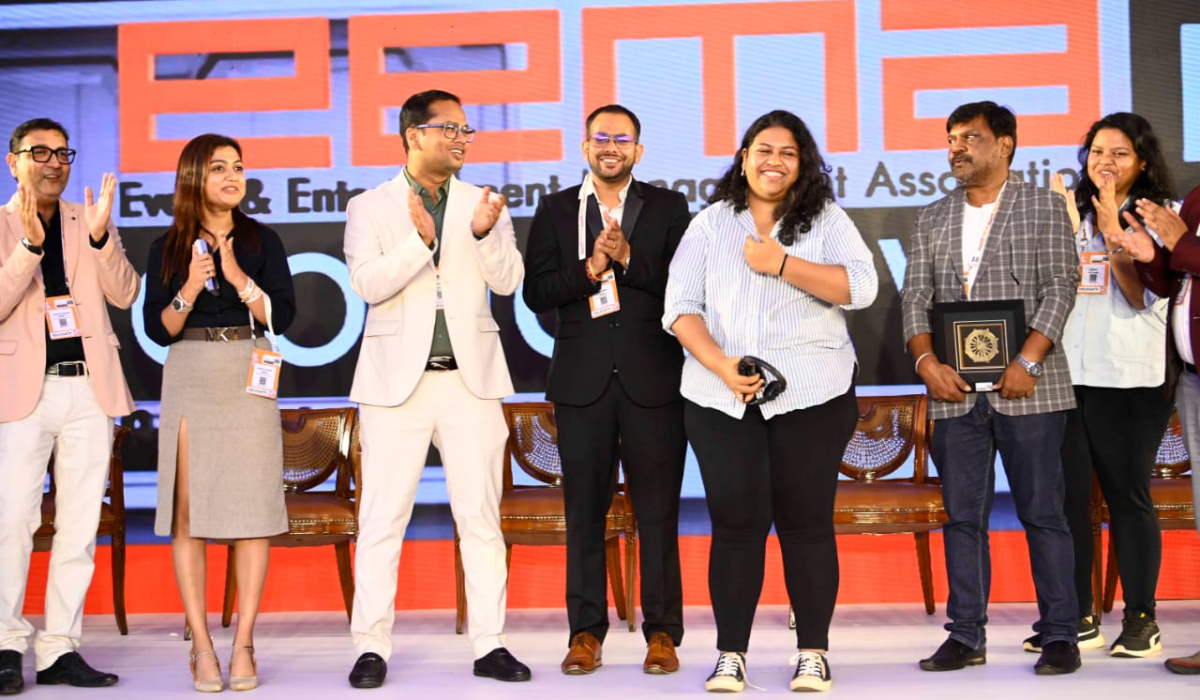Cultural Roots to Global Heights: Redefining The Event Industry
The event industry in India has witnessed exponential growth over the past decade, driven by corporate events, weddings, concerts, exhibitions, and cultural festivals. With the rise of experiential marketing and digital integration, the sector is evolving rapidly, blending technology with creativity. While India's diverse cultural landscape and booming economy have made it a global hub for large-scale events with cities like Mumbai, Delhi, and Bangalore leading the way, Odisha isn’t far away.
In Odisha, the event industry is growing steadily, fueled by its rich heritage, tourism, and government-backed initiatives. Major festivals like the Rath Yatra, Konark Dance Festival, Mukteswar Dance Festival, Handloom expos, Dot Fest, Literary festivals, concerts and many more attract global audiences. Bhubaneswar, Cuttack, and Puri are emerging as key destinations for corporate and social events, with increasing investments in infrastructure and hospitality. The state is also witnessing a surge in MICE (Meetings, Incentives, Conferences, and Exhibitions) tourism, positioning Odisha as a promising player in the national event landscape.
Now let’s have an overview of the event industry in India and in our state Odisha of course.
The State of the Event Industry: The event industry in India has grown into a multi-billion-dollar sector, evolving rapidly with changing consumer preferences, technological advancements, and increased corporate spending. Driven by weddings, corporate events, live entertainment, exhibitions, and MICE (Meetings, Incentives, Conferences, and Exhibitions), the industry is experiencing a shift toward digital integration and experiential events.
While talking about the beginning of the event industry in Odisha, Director, Prelude Events & Vice President, EEMA East, Sonu Nanda said, “In the year 1993-1994 professional event management trend started blooming in the state. Starting with Prelude Novel Ventures Pvt. Ltd. in 1996. If you look at the national scenario, the biggest event companies in the country started their journey in 1994-1996, to name a few there are big brands like Wizcraft, Encompass, Fountainhead, Efactor, and many more, and they are still continuing their legacy. Later on a few more people started doing event management in the state. Before that there were no professional event companies in Odisha. Realising the need of professional event management we started taking up managing event tasks. Then the trend of social events, government events and corporate events started in Odisha. Before that people were only dependent on newspaper or television ads, but when they saw the practical figure of the footfall in an event where their brand has been featured, they opted more for events than ads. It became easier for them to count the number of people they reached or their brand. So few advertising companies started doing events.”
In the year 2004, Prelude got an opportunity to do one of the biggest events of that time, which was ‘The Indian Science Congress’ by Indian Science Congress Association (ISCA), a professional body under the Department of Science & Technology, Ministry of Science & Technology, Government of India, to promote science and research in India. We are doing it at KIIT and it was graced by the then President Dr. A. P. J. Abdul Kalam. “There was no Octonorm stall available in Odisha, so we pushed a vendor to get it from Delhi. The challenge was tough but thankfully we did it successfully with everyone’s support and good will. Now things have been streamlined and the flow is very smooth,” added Nanda.
From the year 2005-2010, the telecom industry boomed and a number of telecom companies started doing multiple campaigns, events, dealers meet and customer meet in the state. Those became big events. Till the year 2010 Odisha has about 10 more event companies. Between 2011-2012, the Odisha government made its event scales high and started tender procedures. Even in the national scenario during 2005-2006 the tendering process started but to implement this in the state it took 5-6 years more down the line. To be eligible to apply for a tender, the event companies needed a strong work profile and turnover. So the event companies diversified into three categories, few focused on government projects, few on corporates and a few on social events like marriages, birthdays, Anniversaries etc. “The Hockey World Cup in the year 2018 at Odisha made a big impact on the Odisha event scenario. Although the event has been curated by event companies from outside the state, many companies like us have worked for the event in sub-contract or collaboration,” added Nanda.
Market Size & Growth: The Indian event industry is experiencing rapid growth, projected to expand at a CAGR of 15-20%, with estimates surpassing ₹10,000 crore ($1.2 billion). This expansion is not limited to metro cities but is also reaching Tier-2 and Tier-3 cities, driven by economic growth and improved infrastructure. Additionally, the rise of hybrid events combining physical and virtual experiences has created new opportunities for engagement, especially in the post-pandemic era. This shift has enabled businesses and organizers to reach wider audiences, making the industry more dynamic and inclusive.
Putting more light in the national scenario, Managing Director & Co-Founder of E-Factor Experiences Ltd & President, EEMA (Event & Entertainment Management Association), Samit Garg said, “The event and entertainment industry in India is experiencing a strong resurgence post-pandemic, growing at a projected CAGR of over 18%. Currently valued at over ₹3,00,000 crore, it is expected to more than double by 2030. The industry is being shaped by experiential storytelling, the festivalization of corporate events, tech-enabled personalization, IP-based event models, and the booming destination wedding segment.”
“The industry plays a crucial role in employment and economic growth, directly and indirectly supporting over 10 million jobs across planning, production, hospitality, transport, logistics, and security. “Every ₹1 spent on an event generates an additional ₹3.5-₹5 in economic circulation. With a growing appetite for curated experiences, the industry is poised to reach ₹10,00,000 crore by 2034, serving as a vital tool for diplomacy, tourism, and cultural representation,” added Garg.
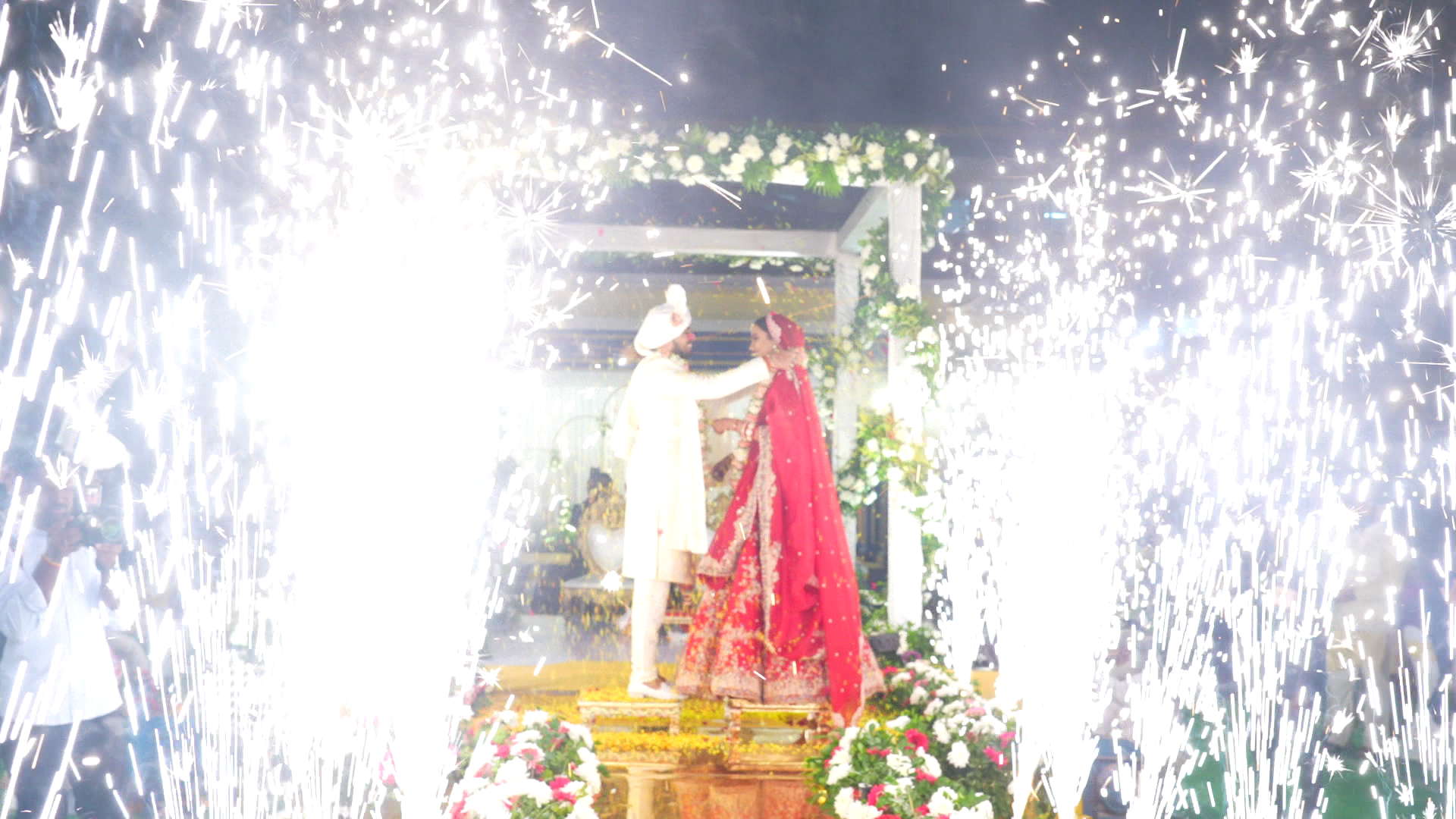
“Once we were counting the net worth per annum of our event industry and we concluded at 5 lakh crore rupees. Interestingly, from the last four years it is growing at a rate of 32%. From this 5 lakh crore rupees unfortunately 3.7 lakh crore rupees is generated from unorganised events like weddings. These unorganised events generate only 10% of the money officially and the rest unofficially. But 1.7 lakh crore rupees is from the organised events with proper work order and GST. From this 1 lakh crore rupees is from government events. So here the government events are the biggest segment,” added Nanda
Key segments of the event industry continue to evolve. Weddings and social events remain one of the biggest revenue drivers, with the Indian wedding industry alone valued at ₹3.75 lakh crore ($45 billion). The demand for destination weddings, theme-based décor, and luxury experiences is on the rise. Corporate events and MICE (Meetings, Incentives, Conferences, and Exhibitions) have become essential for businesses, with cities like Mumbai, Delhi, Bangalore, and Hyderabad emerging as leading MICE destinations. Entertainment and live events, including music festivals, film promotions, stand-up comedy, and sporting events like the IPL, contribute significantly to industry growth. Exhibitions and trade shows, particularly in sectors like real estate, automobiles, and education, serve as critical platforms for businesses to showcase their offerings and drive engagement.
According to Nanda, when in the year 2020, the Covid pandemic happened, suddenly the event industry fell from the peak as there was no gathering allowed. During the late 2021 or from the beginning of 2022, when the market reopened for us, the people from the event industry realised that collaboration is the best way to do any big event hustle free.
“The pandemic caused a drastic 90% revenue dip in 2020-21, forcing a pause on physical gatherings. However, this period accelerated digital innovation, and by 2023, over 75% of pre-pandemic business had returned, with some segments exceeding 2019 levels. Industry professionals adapted through diversification into digital content and hybrid event production, integrating technology for enhanced engagement and efficiency. Leaner operations, stringent safety protocols, and strong industry collaborations played a vital role in ensuring sustainability,” added Garg.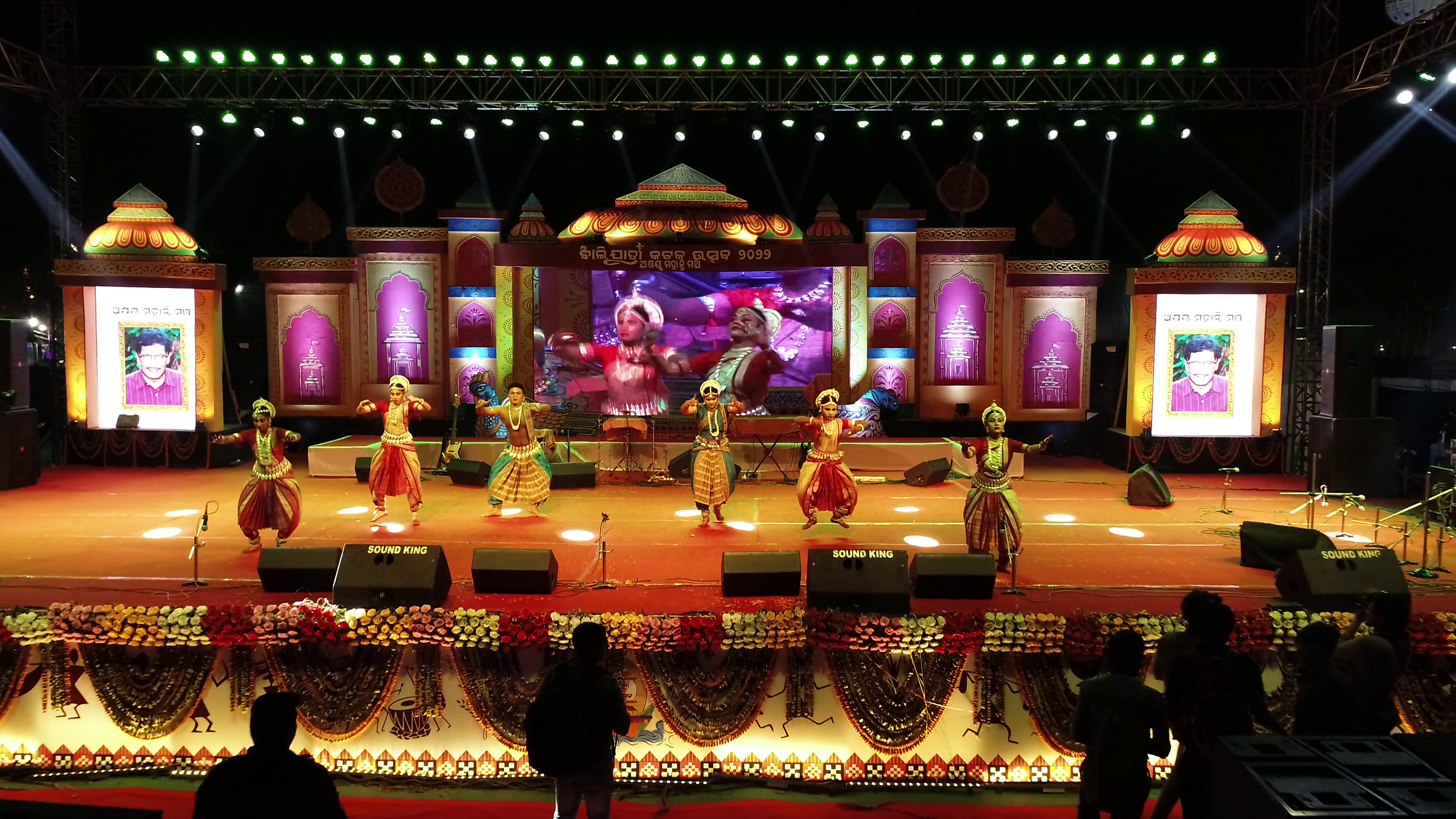
Technology & Digital Impact: Technology is reshaping the event industry, enhancing experiences through AI and VR. Interactive booths and virtual networking are redefining audience engagement. Live streaming and hybrid events have become mainstream, with platforms like YouTube Live, Zoom, and Metaverse-driven events bridging the gap between physical and digital audiences. Additionally, data analytics and AI-driven audience insights are enabling brands to curate highly personalized event experiences, ensuring greater engagement and impact. As technology continues to evolve, these innovations are setting new benchmarks in how events are planned and executed, making them more immersive, accessible, and data-driven.
Adding to this Garg stated, “Technology is now a driving force in event design, transforming personalization, engagement, and execution. AI enables dynamic agendas and intelligent matchmaking at conferences, while AR/VR enhances storytelling in brand launches and immersive zones. Hybrid formats have expanded audience reach and created new revenue streams, making event technology integration a necessity rather than an option.”
Fueling Growth Across Multiple Sectors: The event industry plays a crucial role in supporting numerous other industries by driving demand for their products and services. One of the most directly impacted sectors is hospitality and tourism, as events generate business for hotels, resorts, restaurants, and travel services, including airlines and rental car companies. Media and entertainment also benefit significantly, with concerts, film premieres, festivals, and corporate events creating opportunities for film production, photography, videography, and live broadcasting. The technology and IT sector sees a boost through event management software, virtual and hybrid event platforms, and advanced audiovisual solutions that enhance the event experience.
Retail and merchandising thrive as events often require customized merchandise, branded giveaways, and themed attire, supporting the fashion and printing industries. Additionally, construction and infrastructure services play a vital role in setting up stages, temporary structures, and elaborate event decor. Marketing and advertising industries gain from events through sponsorship deals, branding campaigns, and PR opportunities, while security and risk management services, including event security, insurance, and emergency medical teams, ensure smooth execution.
Furthermore, education and training industries benefit from conferences, seminars, and corporate workshops, which contribute to knowledge-sharing and skill development. The food and beverage sector also sees a surge in demand, with catering services, beverage suppliers, and event-specific menu planning playing a key role in enhancing guest experiences. Lastly, logistics and transportation services are essential for managing freight, shipping event supplies, and ensuring smooth movement of guests and VIPs. With its vast economic impact, the event industry acts as a catalyst for growth across multiple sectors, fostering job creation and business opportunities on a large scale.
It’s been an incredible ride for well-known Odisha anchor, Subham. With over a decade in the event industry. He said, "The role of an anchor has evolved significantly. It’s no longer just about reading a script, we need to act like entertainers, crowd energizers, and even brand ambassadors. With larger-scale events, we must be spontaneous, multilingual, and adaptable. The rise of social media has also transformed our work, preparation now includes researching trends and engaging audiences online."
Music has always been a passion for well-known DJ Satya from Odisha, who began his journey in 2009, inspired by the energy music brings. He said, "Odisha’s event industry has grown tremendously, offering diverse opportunities from weddings to corporate events and festivals. DJs here have evolved into full-fledged performers, balancing popular tracks with local influences. Challenges like technical setups and unpredictable weather exist, but Odisha’s rapid growth in hospitality and events creates immense opportunities. With the right skills and dedication, success is achievable. Most importantly, let’s promote Odia music and take it to the global stage."

The Wedding Tourism Proposal: During the ‘Utkarsh Odisha’ event, EEMA was called up for a delegation. In a presentation by the Department of Tourism, Odisha, it was stated that they wanted to invite all the MICE (Meetings, Incentives, Conventions, and Exhibitions) event managers or agencies from across the country. Nanda said, “We had a discussion over that, and since EEMA is the biggest apex body of this industry with more than 800 members, we planned to call them and host a conclave titled ‘EEMA East Conclave’ on April 10, 11, and 12, 2025. Stakeholders from the state across different sectors like hotels, caterers, venue owners, photo/videographers, event managers, etc., were also invited. We aimed to create a space for them all to interact. This allowed agencies and event managers from outside Odisha to witness the potential here, motivating them to bring their clients for future events in the state. We collaborated with local industry professionals as well as national players. The Odisha government also extended its support to this initiative and cause.”
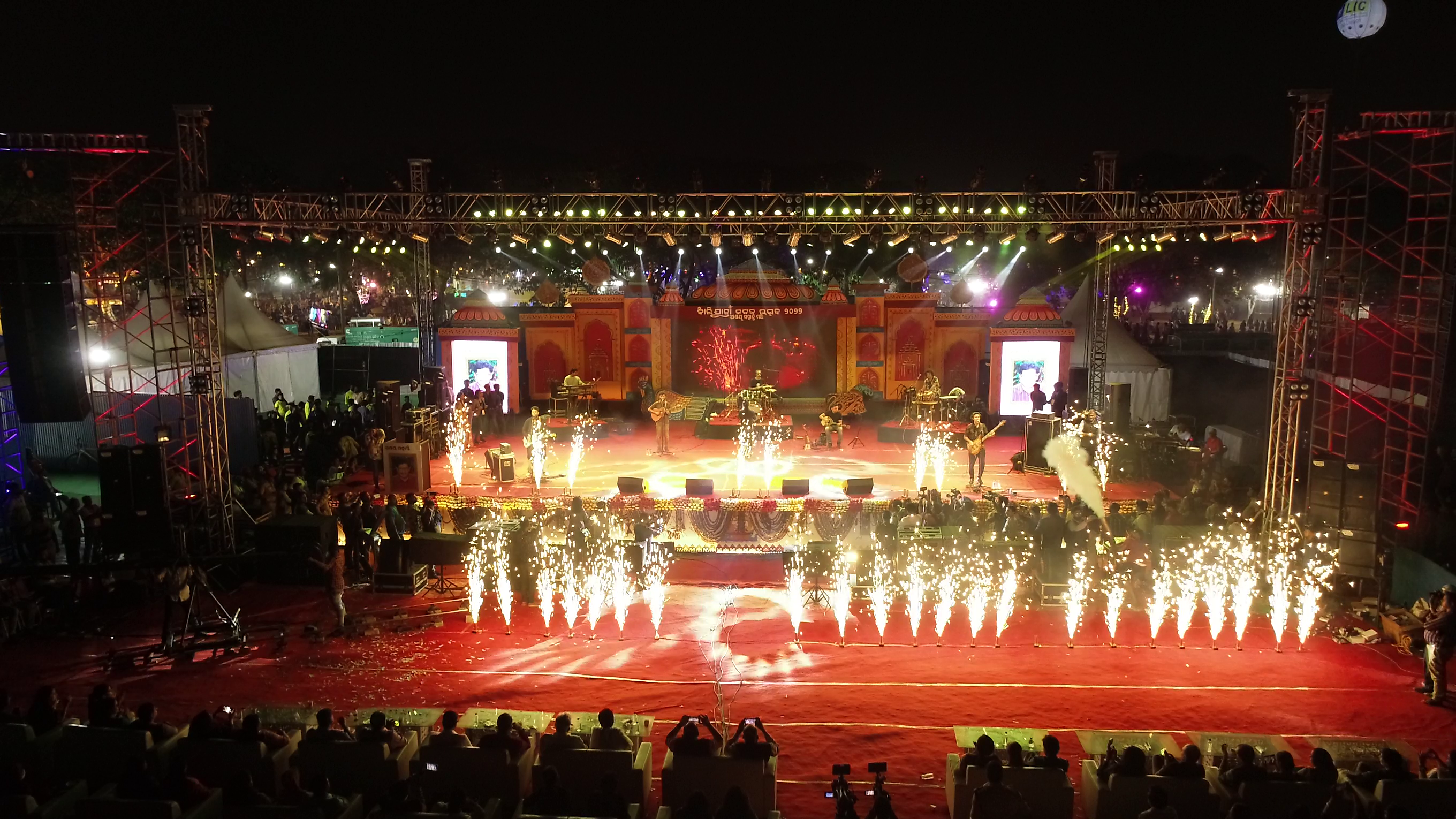
Interestingly, Indian weddings are the most accepted theme in weddings in the western part of the globe. They are very much attracted towards wedding culture from south India and from the royal weddings of Jaipur, Rajasthan. Few agencies from out of the country also want to attend this conclave to get connected with the big fat Indian wedding event managers/agencies here and learn from them to introduce this in their region.
“Two years back we submitted a Wedding Tourism Policy draft to the government of India. On the second day we got a call from the PM office. We gave our presentation there. Then they created a committee with people from both EEMA and the government of India to work on this policy. After one week, in the ‘Mann Ki Baat’ our honourable PM, talked about the initiative ‘Wed-in-India’ in order to motivate more people around the world to use India as a wedding destination. Hopefully by the end of this year, the policy will be finalised," Nanda added.
Challenges and the Road Ahead: Despite its rapid growth, event professionals in India face several challenges, including the lack of standardization, payment delays, regulatory hurdles, talent retention issues, and the mental health impact of high-pressure work. There was no professional event management training institute before 7-8 years back. So in the event circle it was tough to find skilled people, instead they had to do events and learn from the practical happenings. But now things have changed and there are a number of professional institutes today who are generating a skilled workforce for our industry, which is a good sign and it makes it easier for them to work with the new generation who now at least has the basic knowledge about executing an event.
While talking about the manpower involved in the event industry, Nanda said, “More than a crore people are involved in the event industry nationwide and when we are talking about our state Odisha, then it’s more than 10 lakh people working in this industry. Interestingly there is a need of 10 lakh more people in Odisha itself. Entrepreneurs should also invest in event properties, which can be a good business module.”
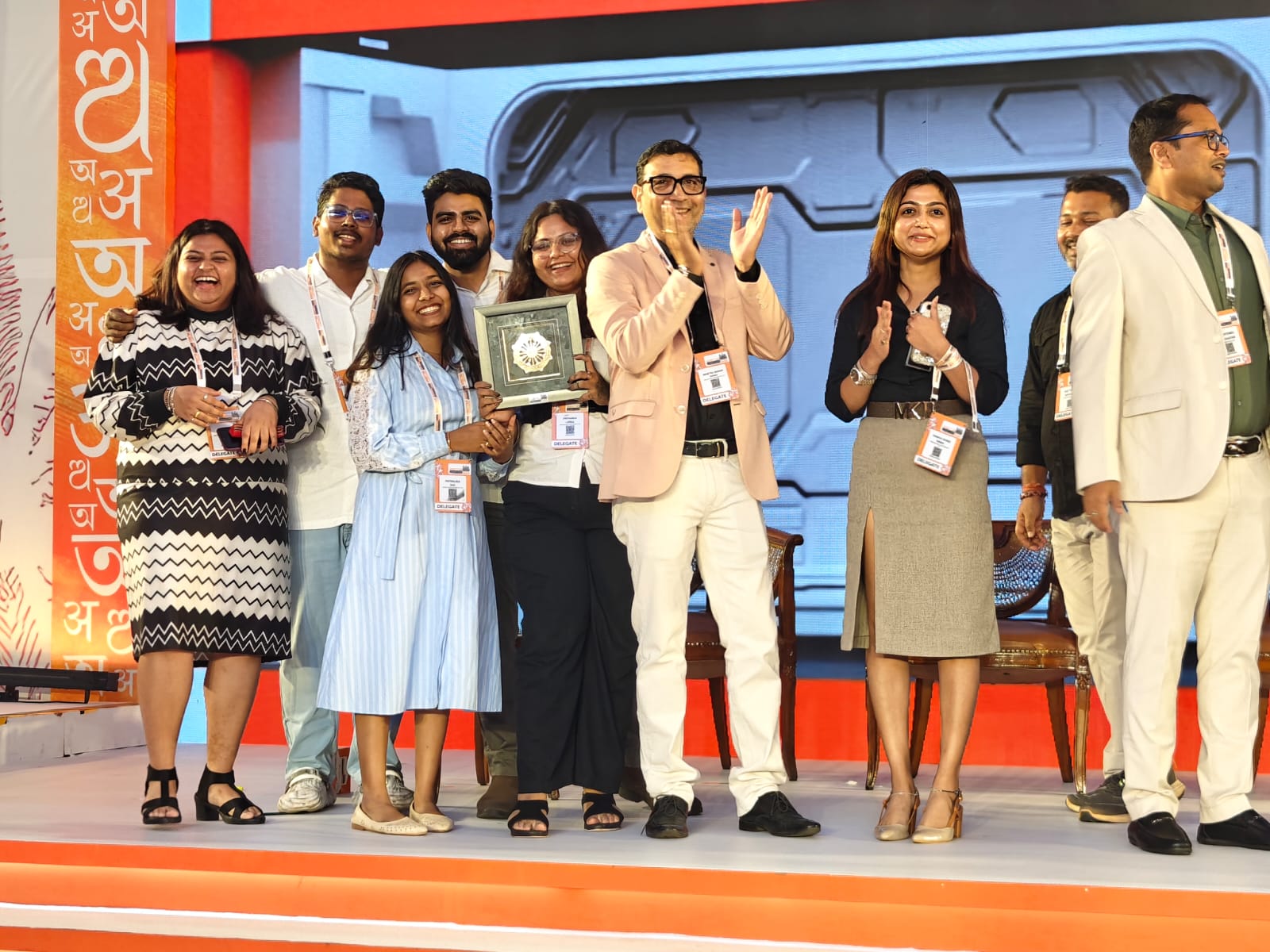
According to Garg, EEMA has played a vital role in addressing industry challenges through collaboration, skill development, and advocacy. Its key priorities include strengthening regional representation, upskilling professionals, and pushing for government recognition of the event sector. He said, “EEMA also works on policy reforms like streamlined event approvals, safety regulations, and MSME/startup inclusion. Sustainability remains a focus, promoting green weddings, eco-friendly materials, and waste reduction. The industry is evolving with global expansion, AI-driven personalization, and “phygital” experiences that merge digital and physical engagement. With innovation at its core, EEMA continues to shape the future of India’s event and entertainment landscape.”

Author: Jyoti Prakash Sahoo
Hailing from the entertainment industry, Jyoti started his career as a cine journalist in 2017. He is an anchor, actor and creative writer too. Currently working as the Content Head of the Odia entertainment YouTube channel 'Mo TV', Jyoti also loves to write human interest and positive stories that can inspire the readers.
Read more from author


